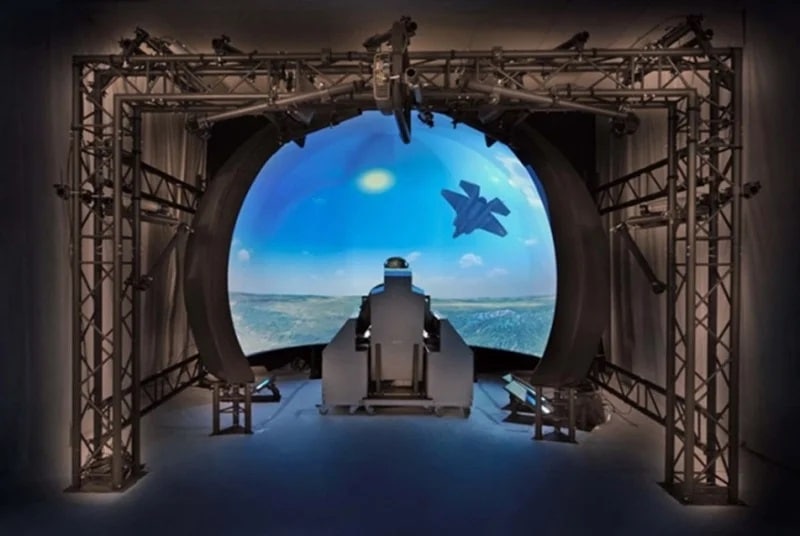JT4 assists AFTC with new JSE
The Air Force Test Center (AFTC), headquartered at Edwards Air Force Base (AFB), has a 70-plus year history of pushing the envelope when it comes to the research, development, testing, and evaluation of U.S. Air Force aerospace systems. In its latest stroke of innovation, the AFTC is transitioning the operational environment from the real world to the virtual sphere.
Exceeding the limits of an aircraft during open-air testing can be a costly exercise. Not only could it risk the loss of a multimillion dollar piece of equipment, but also the pilot within. However, in a virtual environment, there is complete freedom to push boundaries and discover unknown capabilities. The new Joint Simulation Environment (JSE) will create a software battlespace to do just that.
The JSE, which will be operated out of new facilities currently under construction at Edwards AFB and Nellis AFB, will build on an existing capability implemented by the Navy at the Naval Air Station Patuxent River. The Edwards facility is a $35 million venture. The 72,000 sq. ft., two-story building will support eight high-fidelity domes and have additional space for control rooms, test operations, and data analysis. The Nellis facility, a satellite location still belonging to Edwards, has a smaller footprint. However, the $28 million, 51,000 sq. ft., single-story building will still have all of the same capabilities that allow for multiplatform and multi-domain operational and developmental testing. Both facilities are projected to be completed in 2023 and will be manned and maintained primarily by JT4.


“The JSE project essentially has two phases,” explains Dave Cooper, JT4 Department Manager for Electronic Warfare at Edwards. “Phase 1 required us to work with the government to help bring the JSE concept to fruition. While the facilities themselves were under construction, we had to build up the manpower and expertise to operate and maintain the systems and technology that will be housed in them. We couldn’t deplete our existing workforce to support a new project of this scope, so we had to build a completely new staff. We literally went from a team of 3 to 70 in the course of two years, and we will likely be hiring another 30-40 scientists and engineers for Phase 2, which is running the day-to-day operations in these new facilities once they are completed.”
Building such a large and new team would be difficult under any circumstances, but doing so in the middle of a pandemic came with an additional set of challenges. “The JSE project really started to ramp up right when COVID hit,” recalls Alex Platte, JT4 Branch Supervisor for JSE Nellis. “Not only was it difficult to coordinate and schedule such a large number of interviews at that time, but it was also hard to do any kind of teambuilding after we hired folks. Social distancing really isn’t convenient when you have a brand new group of people, so we had to think of creative ways to help our new hires have some interactive experiences and build the relationships necessary to make the JSE project a success.”
Despite the obstacles, the JSE teams at Edwards and Nellis are well-positioned to complete the remaining tasks leading up to the grand openings of each facility. The environment is incredibly dynamic, with activities changing from week to week. From finishing requirements to completing equipment checkouts, it is an all-hands-on deck environment where everyone is pitching in to get the job done. “It can be really interesting to be part of a new team like this,” says Jon Moore, JT4 Branch Supervisor for JSE Edwards. “When you start from the ground floor, everyone is new and gets to have input. Everyone gets to contribute and help shape the outcomes. That’s exciting.”
Equally exciting are the activities that will be supported in each JSE facility. Initial test capabilities will focus on the F-35 Lightning II and the F-22 Raptor with room to expand to other platforms in the future. The simulated environment will include factors like weather, terrain, other platforms, and threats (air and ground). While this environment will allow pilots to test in ways they cannot in the real world, such testing is still only supplementary to the real thing. Information collected on open-air ranges is critical to providing the data and parameters necessary to make the virtual test range as accurate and realistic as possible. ////
[DISTRIBUTION STATEMENT A. Approved for public release; Distribution is unlimited 412TW-PA-23023]

